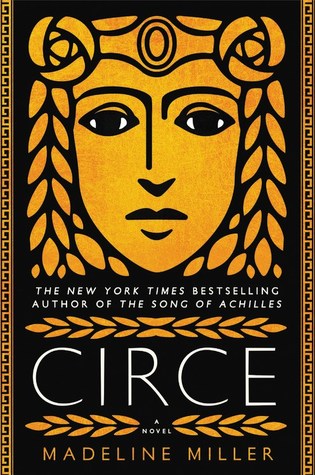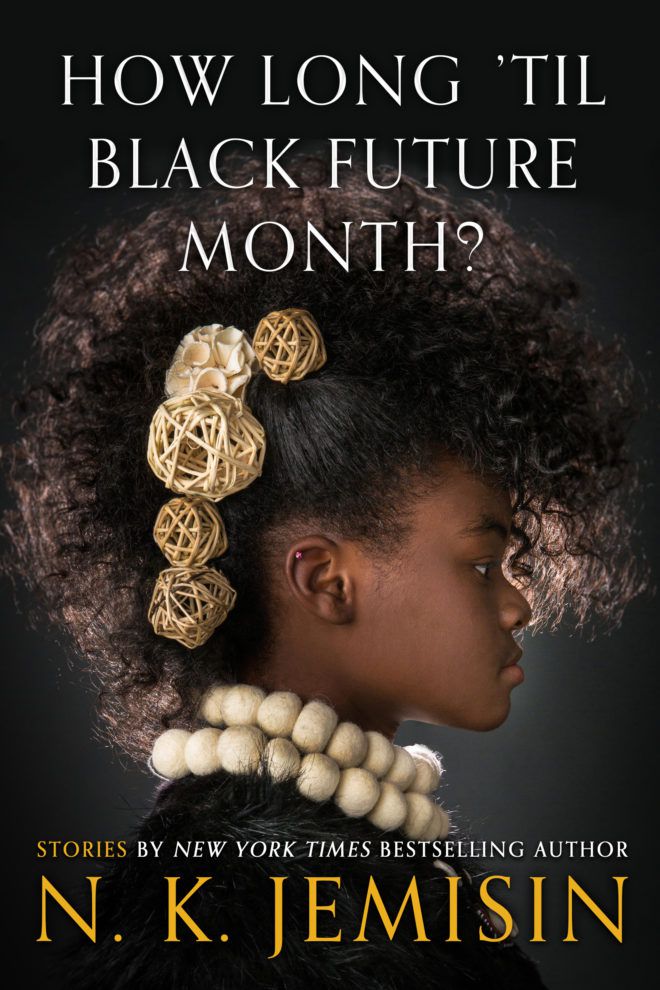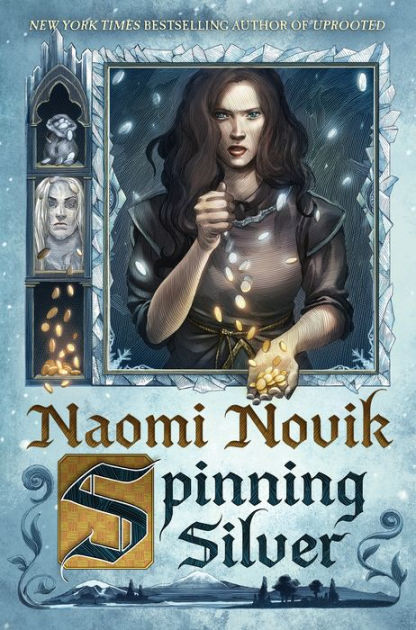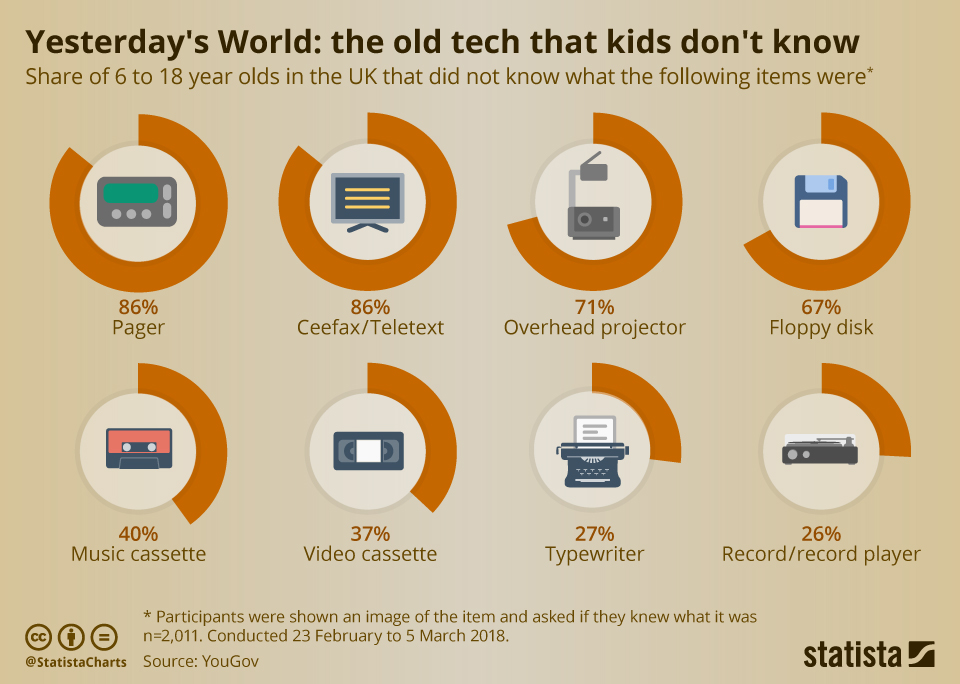The American Library Association (ALA) today announced the top books, video and audio books for children and young adults – including the Caldecott, Coretta Scott King, Newbery and Printz awards – at its Midwinter Meeting in Seattle, Washington.
Results of genre interest include:
A Newbery Honor Book, The Book of Boy was illustrated by Ian Schoenherr, son of famed sff artist John Schoenherr.
The Corretta Scott King (Illustrator) Book Award went to a story that begins with the Big Bang, The Stuff of Stars, illustrated by Ekua Holmes. And one of the King Illustrator Honor Books is a space race historical Hidden Figures, illustrated by Laura Freeman and written by Margot Lee Shetterly.
The Schneider Family Book Award for teens (ages 13-18) was won by Anger Is a Gift, written by Mark Oshiro, sff author, YouTuber, and a director of Con or Bust.
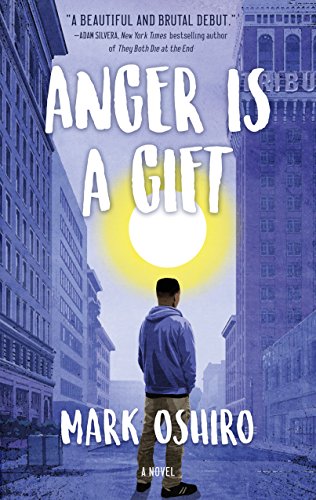
Four of the 10 Alex Awards for best adult books that appeal to teen audiences went to sff works:
- The Black God’s Drums, by P. Djèlí Clark
- Circe, by Madeline Miller
- How Long ’Til Black Future Month? by N. K. Jemisin
- Spinning Silver, by Naomi Novik
The Margaret A. Edwards Award for lifetime achievement in writing for young adults was won by sff author M.T. Anderson.
Neil Gaiman has won the 2020 May Hill Arbuthnot Honor Lecture Award recognizing an author, critic, librarian, historian or teacher of children’s literature, and will present a lecture at a winning host site.
The honor books for the Pura Belpré Awards, honoring a Latinx writer and illustrator whose children’s books best portray, affirm and celebrate the Latino cultural experience included Islandborn, illustrated by Leo Espinosa, and written by Junot Díaz.
Spooked!: How a Radio Broadcast and The War of the Worlds Sparked the 1938 Invasion of America, written by Gail Jarrow, was named a Robert F. Sibert Award Honor Book “for most distinguished informational book for children.”
Toni Adeyemi’s Children of Blood and Bone was a finalist for the William C. Morris Award, given to a debut author writing for teens.
The Sydney Taylor Book Award Older Readers category winner is Sweep: The Story of a Girl and Her Monster, by Jonathan Auxier.
A list of all the 2019 award winners follows:
John Newbery Medal for the most outstanding contribution to children’s literature:
- Merci Suárez Changes Gears by Meg Medina
Newbery Honor Books
- The Night Diary by Veera Hiranandani
- The Book of Boy written by Catherine Gilbert Murdock, illustrated by Ian Schoenherr
Randolph Caldecott Medal for the most distinguished American picture book for children:
- Hello Lighthouse, illustrated and written by Sophie Blackall
Caldecott Honor Books
- Alma and How She Got Her Name, illustrated and written by Juana Martinez-Neal
- A Big Mooncake for Little Star, illustrated and written by Grace Lin
- The Rough Patch, illustrated and written by Brian Lies
- Thank You, Omu!, illustrated and written by Oge Mora
Coretta Scott King (Author) Book Award recognizing an African-American author and illustrator of outstanding books for children and young adults:
- A Few Red Drops: The Chicago Race Riot of 1919, written by Claire Hartfield
King Author Honor Books
- Finding Langston, written by Lesa Cline-Ransome
- The Parker Inheritance, written by Varian Johnson
- The Season of Styx Malone, written by Kekla Magoon
Coretta Scott King (Illustrator) Book Award:
- The Stuff of Stars, illustrated by Ekua Holmes
King Illustrator Honor Book
- Hidden Figures, illustrated by Laura Freeman, written by Margot Lee Shetterly
- Let the Children March, illustrated by Frank Morrison, written by Monica Clark-Robinson
- Memphis, Martin, and the Mountaintop, illustrated by R. Gregory Christie, written by Alice Faye Duncan
Coretta Scott King/John Steptoe New Talent Author Award:
- Monday’s Not Coming, written by Tiffany D. Jackson
Coretta Scott King/John Steptoe New Talent Illustrator Award:
- Thank You, Omu!, illustrated and written by Oge Mora
Coretta Scott King – Virginia Hamilton Award for Lifetime Achievement:
- Dr. Bracy is Professor of Library Science and Director of the Office of University Accreditation at North Carolina Central University (NCCU).
Michael L. Printz Award for excellence in literature written for young adults:
- The Poet X, written by Elizabeth Acevedo
Printz Honor Books
- Damsel, written by Elana K. Arnold
- A Heart in a Body in the World, written by Deb Caletti
- I, Claudia, written by Mary McCoy
Schneider Family Book Award for books that embody an artistic expression of the disability experience:
- Rescue & Jessica A Life-Changing Friendship, written by Jessica Kensky and Patrick Downes, illustrated by Scott Magoon and published by Candlewick Press, wins the award for young children (ages 0 to 10).
- One honor book for young children was selected: The Remember Balloons” written by Jessie Oliveros, illustrated by Dana Wulfekotte and published by Simon & Schuster Books for Young Children.
- The Truth as Told by Mason Buttle, written by Leslie Connor and published by Katherine Tegen Books, an imprint of HarperCollins Publishers, is the winner for middle grades (ages 11-13).
- One honor book for middle grades was selected: The Collectors, written by Jacqueline West and published by Greenwillow Books, an imprint of HarperCollins Publishers.
- Anger Is a Gift, written by Mark Oshiro and published by A Tor Teen Book, Tom Doherty Associates, is the winner for teens (ages 13-18).
- One honor book for teens was selected: (Don’t) Call Me Crazy: 33 Voices Start the Conversation about Mental Health, edited by Kelly Jensen and published by Algonquin Young Readers, an imprint of Algonquin Books of Chapel Hill, a division of Workman Publishing.
Alex Awards for the 10 best adult books that appeal to teen audiences:
- The Black God’s Drums, By P. Djèlí Clark
- The Book of Essie, By Meghan MacLean Weir
- Circe, By Madeline Miller
- Educated: A Memoir, By Tara Westover
- The Girl Who Smiled Beads: A Story of War and What Comes After, By Clemantine Wamariya and Elizabeth Weil
- Green, By Sam Graham-Felsen
- Home After Dark, by David Small, illustrated by the author
- How Long ’Til Black Future Month? By N. K. Jemisin
- Lawn Boy, By Jonathan Evison,
- Spinning Silver, by Naomi Novik
Children’s Literature Legacy Award honors an author or illustrator whose books, published in the United States, have made, over a period of years, a substantial and lasting contribution to literature for children through books that demonstrate integrity and respect for all children’s lives and experiences.
- Walter Dean Myers
Margaret A. Edwards Award for lifetime achievement in writing for young adults:
- M.T. Anderson
His books include: Feed; The Astonishing Life of Octavian Nothing, Traitor to the Nation, Volume I: The Pox Party; and The Astonishing Life of Octavian Nothing, Traitor to the Nation, Volume II: The Kingdom on the Waves
2020 May Hill Arbuthnot Honor Lecture Award recognizing an author, critic, librarian, historian or teacher of children’s literature, who then presents a lecture at a winning host site.
- Neil Gaiman

Mildred L. Batchelder Award for an outstanding children’s book originally published in a language other than English in a country other than the United States, and subsequently translated into English for publication in the United States:
- The Fox on the Swing — Originally published in Lithuanian as “Laime Yra Lape,” the book was written by Evelina Daci?t?, illustrated by Aušra Kiudulait?, translated by The Translation Bureau and published by Thames & Hudson, Inc.
Four Honor Books also were selected:
- Run for Your Life, published by Yonder, an imprint of Restless Books, Inc., written by Silvana Gandolfi and translated from the Italian by Lynne Sharon Schwartz;
- My Beijing: Four Stories of Everyday Wonder, published by Graphic Universe, a division of Lerner Publishing Group, Inc., written and illustrated by Nie Jun, originally published in Mandarin and translated from the French by Edward Gauvin;
- Edison: The Mystery of the Missing Mouse Treasure, published by NorthSouth Books, Inc., written and illustrated by Torben Kuhlmann and translated from the German by David Henry Wilson; and
- Jerome By Heart, published by Enchanted Lion Books, written by Thomas Scotto, illustrated by Olivier Tallec and translated from the French by Claudia Zoe Bedrick and Karin Snelson.
Odyssey Award for best audiobook produced for children and/or young adults, available in English in the United States:
- Sadie, written by Courtney Summers and narrated by Rebecca Soler, Fred Berman, Dan Bittner, Gabra Zackman, and more.
Odyssey Honor Audiobooks
- Du Iz Tak produced by Weston Woods Studio, a division of Scholastic, written by Carson Ellis and narrated by Eli and Sebastian D’Amico, Burton, Galen and Laura Fott, Sarah Hart, Bella Higginbotham, Evelyn Hipp and Brian Hull;
- Esquivel! Space-Age Sound Artist, produced by Live Oak Media, written by Susan Wood and narrated by Brian Amador;
- The Parker Inheritance, produced by Scholastic Audiobooks, written by Varian Johnson and narrated by Cherise Booth; and
- The Poet X, produced by HarperAudio, an imprint of HarperCollins Publishers and written and narrated by Elizabeth Acevedo.
Pura Belpré Awards honoring a Latinx writer and illustrator whose children’s books best portray, affirm and celebrate the Latino cultural experience:
Belpré Illustrator Award winner
- Dreamers, illustrated and written by Yuyi Morales
Belpré Illustrator Honor Books
- Islandborn, illustrated by Leo Espinosa, written by Junot Díaz
- When Angels Sing: The Story of Rock Legend Carlos Santana, illustrated by Jose Ramirez, written by Michael Mahin
Pura Belpré Author Award winner
- The Poet X, written by Elizabeth Acevedo
Belpré Author Honor Book
- They Call Me Güero: A Border Kid’s Poems, written by David Bowles
Robert F. Sibert Informational Book Award for most distinguished informational book for children:
- The Girl Who Drew Butterflies: How Maria Merian’s Art Changed Science, written by Joyce Sidman
Sibert Honor Books
- “Camp Panda: Helping Cubs Return to the Wild,” written by Catherine Thimmesh and published by Houghton Mifflin Harcourt;
- Spooked!: How a Radio Broadcast and The War of the Worlds Sparked the 1938 Invasion of America, written by Gail Jarrow
- The Unwanted: Stories of the Syrian Refugees, written and illustrated by Don Brown
- We Are Grateful: Otsaliheliga, written by Traci Sorell,
- When Angels Sing: The Story of Rock Legend Carlos Santana, written Michael Mahin, illustrated by Jose Ramirez
Early Learning Digital Media Award
- Play and Learn Science, produced by PBS Kids.
Honor recipients
- Coral Reef, produced by Tinybop Inc., and
- Lexi’s World, produced by Pop Pop Pop LLC.
Stonewall Book Awards
Mike Morgan & Larry Romans Children’s Literature Award given annually to English-language children’s and young adult books of exceptional merit relating to the gay, lesbian, bisexual and transgender experience:
- Julián Is a Mermaid, written by Jessica Love
Mike Morgan & Larry Romans Young Adult Literature Award
- Hurricane Child, written by Kheryn Callender
Honor Books
- Ivy Aberdeen’s Letter to the World, written by Ashley Herring Blake
- Picture Us in the Light, written by Kelly Loy Gilbert
Theodor Seuss Geisel Award for the most distinguished beginning reader book is
- Fox the Tiger, written and illustrated by Corey R. Tabor
Geisel Honor Books
- The Adventures of Otto: See Pip Flap, written and illustrated by David Milgrim
- Fox + Chick: The Party and Other Stories, written and illustrated by Sergio Ruzzier
- King & Kayla and the Case of the Lost Tooth, written by Dori Hillestad Butler, illustrated by Nancy Meyers
- Tiger vs. Nightmare, written and illustrated by Emily Tetri
William C. Morris Award for a debut book published by a first-time author writing for teens:
- Darius the Great Is Not Okay, written by Adib Khorram
Other Finalists
- Blood Water Paint, written by Joy McCullough
- Check, Please!: #Hockey, written and illustrated by Ngozi Ukazu
- “Children of Blood and Bone,” written by Tomi Adeyemi
- “What the Night Sings,” written and illustrated by Vesper Stamper
YALSA Award for Excellence in Nonfiction for Young Adults:
- The Unwanted: Stories of the Syrian Refugees, written and illustrated by Don Brown
Four other books were finalists for the award:
- The Beloved World of Sonia Sotomayor, written by Sonia Sotomayor
- Boots on the Ground: America’s War in Vietnam, written by Elizabeth Partridge
- The Faithful Spy: Dietrich Bonhoeffer and the Plot to Kill Hitler, written and illustrated by John Hendrix
- Hey, Kiddo: How I Lost My Mother, Found My Father, and Dealt with Family Addiction, written and illustrated by Jarrett J. Krosoczka
Asian/Pacific American Award for Literature.
Picture Book
- Drawn Together, written by Minh Lê, illustrated by Dan Santat
Children’s Literature Category.
- Front Desk, written by Kelly Yang
Young Adult Literature
- Darius the Great is Not Okay, written by Adib Khorram
Sydney Taylor Book Award is presented annually to outstanding books for children and teens that authentically portray the Jewish experience.
Younger Readers
- All-of-a-Kind-Family Hanukkah, by Emily Jenkins, illustrated by Paul Zelinsky,
Older Readers
- Sweep: The Story of a Girl and Her Monster, by Jonathan Auxier,
Teen Readers
- What the Night Sings, by Vesper Stamper, illustrated by the author


